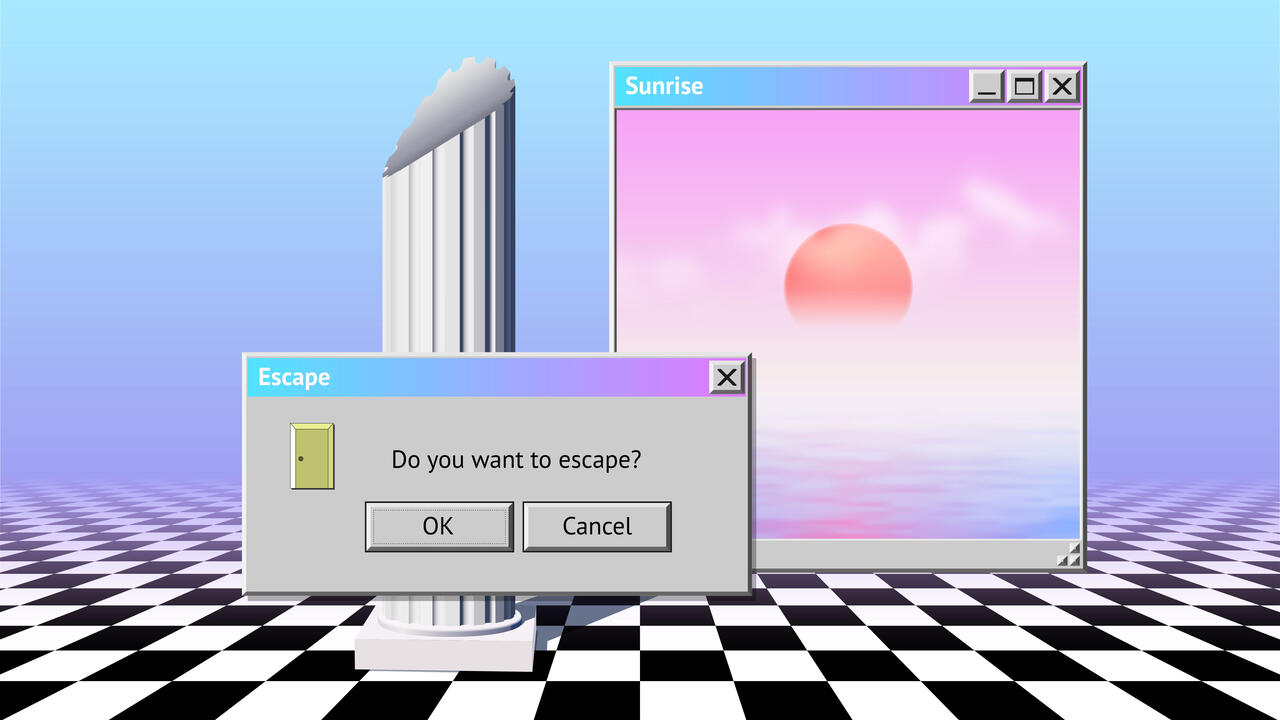Public Holiday
From one crowd to another
From one crowd to another

‘Do you remember a picture (for indeed it is a picture!) written by the most powerful pen of this age, and entitled The Man of the Crowd? Sitting in a café, and looking through the shop window, a convalescent is enjoying the sight of the passing crowd and identifying himself in thought with all the thoughts that are moving around him. He has only recently come back from the shades of death and breathes in with delight all the spores and odours of life ... Now imagine an artist perpetually in the spiritual condition of the convalescent, and you will have the key to the character of Mr. G.’
Enter ‘The Painter of Modern Life’. Charles Baudelaire’s paradigm of the new, disabused yet preternaturally alert sensibility was ushered in by the failure of social revolution (next to last in the chain of upheavals that defined 19th-century French culture and the only one he lived through as an adult, that of 1848 was behind him by the time he wrote the eponymous essay in 1859) and heralded by the fall of the old aristocracy and the rise of a bullish mercantile class (his Salon of 1846 was testily dedicated ‘To the Bourgeois’). Inspired by the writings of Edgar Allan Poe, Baudelaire’s artistic alter ego – in a choice betraying a proto-Bloomian anxiety of influence – was personified in a minor draftsman, Constantine Guys, rather than Edouard Manet, the major talent who most fully embodied his ideas. Where both the Poet and the Painter of Modern Life met this burgeoning bourgeois public and lost themselves in the crowd, even as they tried to captivate it with their pictures and influence it with their words, was the Salon, the vast annual or biennial display of art otherwise most memorably characterized by Honoré Daumier.
You can see where we are headed. However, by borrowing a deliberately vague and loaded pronoun from Barbara Kruger’s bag of tricks I will leave it to you to decide who ‘you’ are: insider or outsider, believer or sceptic, artist, critic or member of the public. Regardless of that choice, what all who participated in this early summer’s juggernaut of exhibitions will have in common is total exhaustion; indeed, some may spend the rest of their days as ‘cultural tourists’ in traction or ‘recovering aesthetes’. We have become a migratory crowd of convalescents made sick by surfeit, who desperately seek a larger crowd of some other kind in which to hide ourselves and revive our taste for life and art. (Too bad the World Cup was last year, or the walking wounded of the culture industry might have been distracted from ‘spleen’s’ ravages by the commotion of the sports industry.)
Were I to complain about being in this weakened yet hypersensitive state, I would have no one to blame but myself. So I won’t. Nor should anyone else, though I am sure that some will find it convenient to fault me and my curatorial colleagues for their ‘biennial fatigue’, despite their being members of the audience and thus consenting partners in the visual orgy. Along these lines it has been interesting to hear former critics of ‘festivalism’ lament that this year’s Venice exhibition was quiet, focused and reflective. It proves that spectacle is as wily an addiction as booze, just as the spasmodic second-guessing of the Zeitgeist by the same commentators revealed how intellectual fickleness and condescension towards seriousness and sobriety in others are tell-tale symptoms of the dry-drunk dyspepsia of rebel dandies without a cause. Nor do I have the most to complain about, having skipped the Basel leg of the ‘grand tour’ altogether and postponed excursions to Muenster and Kassel until my energies are restored. So far, roller-coaster moods and mind-bending, mind-sharpening disorientation have shown that it will take most of the summer to recuperate.
Nevertheless, as simultaneously author and victim of my condition, I confess to enjoying the delicious, occasionally delirious weariness it brings on. Determined to spend my spentness wisely, I deserted the armies of contemporary art when they decamped from Venice and set my course south to Naples and Pompeii. The former was so underpopulated by art lovers that I rattled around the archaeological museum and the vast galleries of the Capodimonte collection in virtual solitude. Also empty was the Piero Manzoni exhibition at MADRE, organized by Germano Celant; the dapperest Don among Italy’s many capos of culture. But Pompeii was teeming. There the living swarmed over ruins haunted by spectral multitudes and dotted with the agonizing remains of individuals forever arrested in vain pursuits, calcified ancestors whose eternity of fame mocks Andy Warhol’s democracy of modern celebrity and three-dimensionally confirms Roland Barthes’ dictum that the true subject of the snapshot is death. Where better to mingle with indifferent masses and taste the ashes of a two-year effort to crystallize the distemper of our times? Where better to be refreshed by being tired beyond measure?















